13 GPTs for Artwork Creation Powered by AI for Free of 2025
AI GPTs for Artwork Creation refers to advanced generative pre-trained transformers specifically developed or adapted to facilitate tasks and topics within the artwork creation domain. These tools leverage the power of GPTs to offer tailored solutions for generating, editing, and enhancing artistic content, revolutionizing how art is conceptualized and created. By harnessing machine learning and natural language processing, they provide users with the ability to transform ideas into visual representations, emphasizing their role in bridging the gap between imagination and digital art.
Top 10 GPTs for Artwork Creation are: Draw,80s Anime,냥냥 스튜디오 🐈 - 우리 고양이를 황실 고양이처럼!,模写が得意な画家(A painter who is good at copying),Tattoo Visionary,txt2img generator,Dark Muse,Comic Book Creator,フルトラPジェネレータ/うつヰが居る風景,AI Art Prompt Generator
Draw
Craft and Share Images Effortlessly

80s Anime
AI-powered tool for retro anime creation

냥냥 스튜디오 🐈 - 우리 고양이를 황실 고양이처럼!
Turn your cat into royalty with AI.
模写が得意な画家(A painter who is good at copying)
Replicate Art with Precision and Creativity
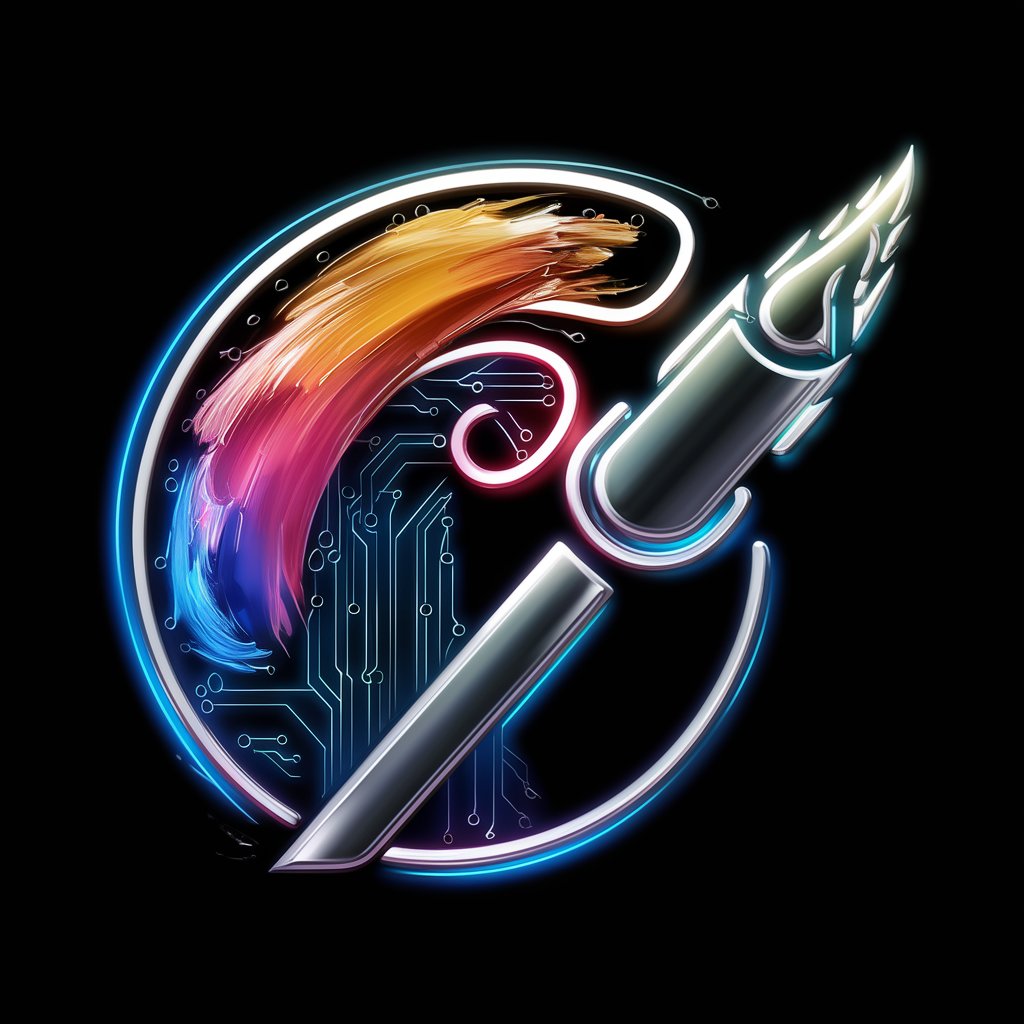
Tattoo Visionary
Inking Your Imagination with AI
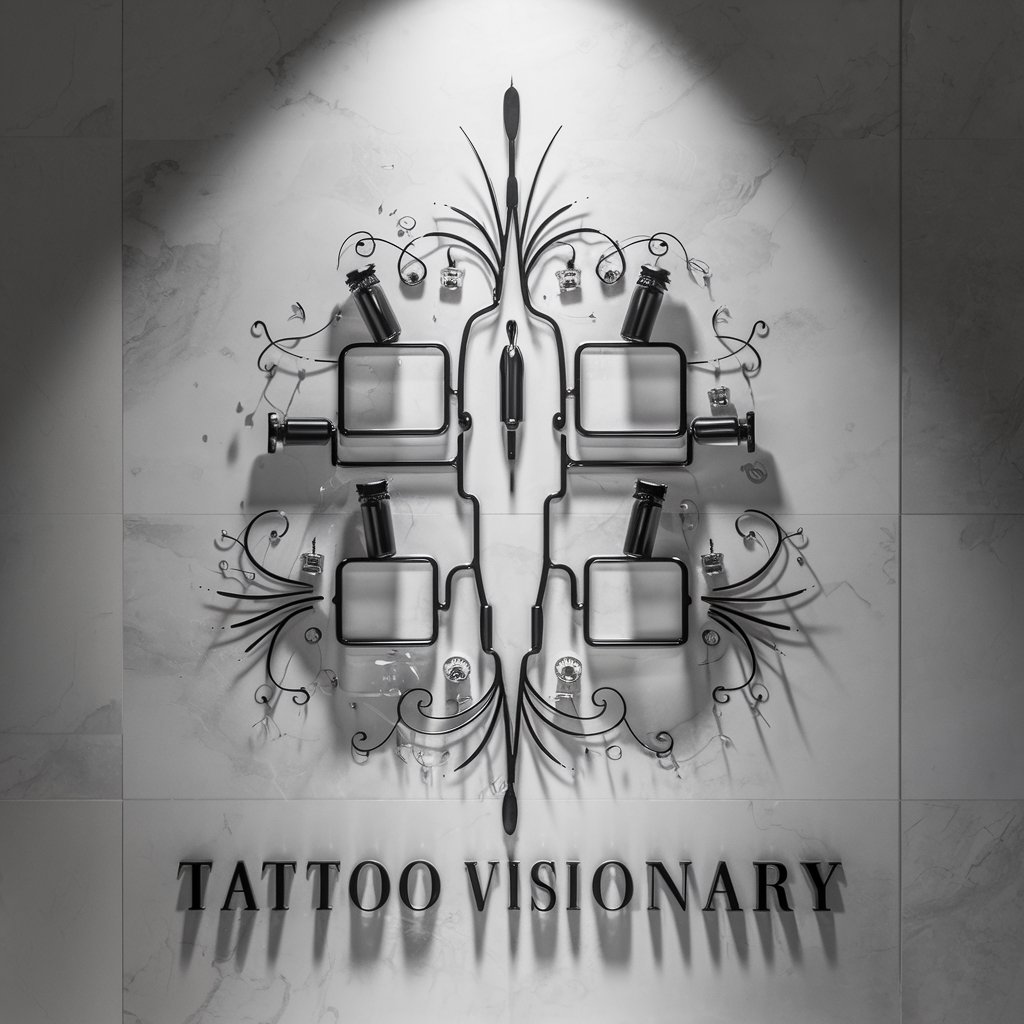
txt2img generator
Transform Text into Art with AI
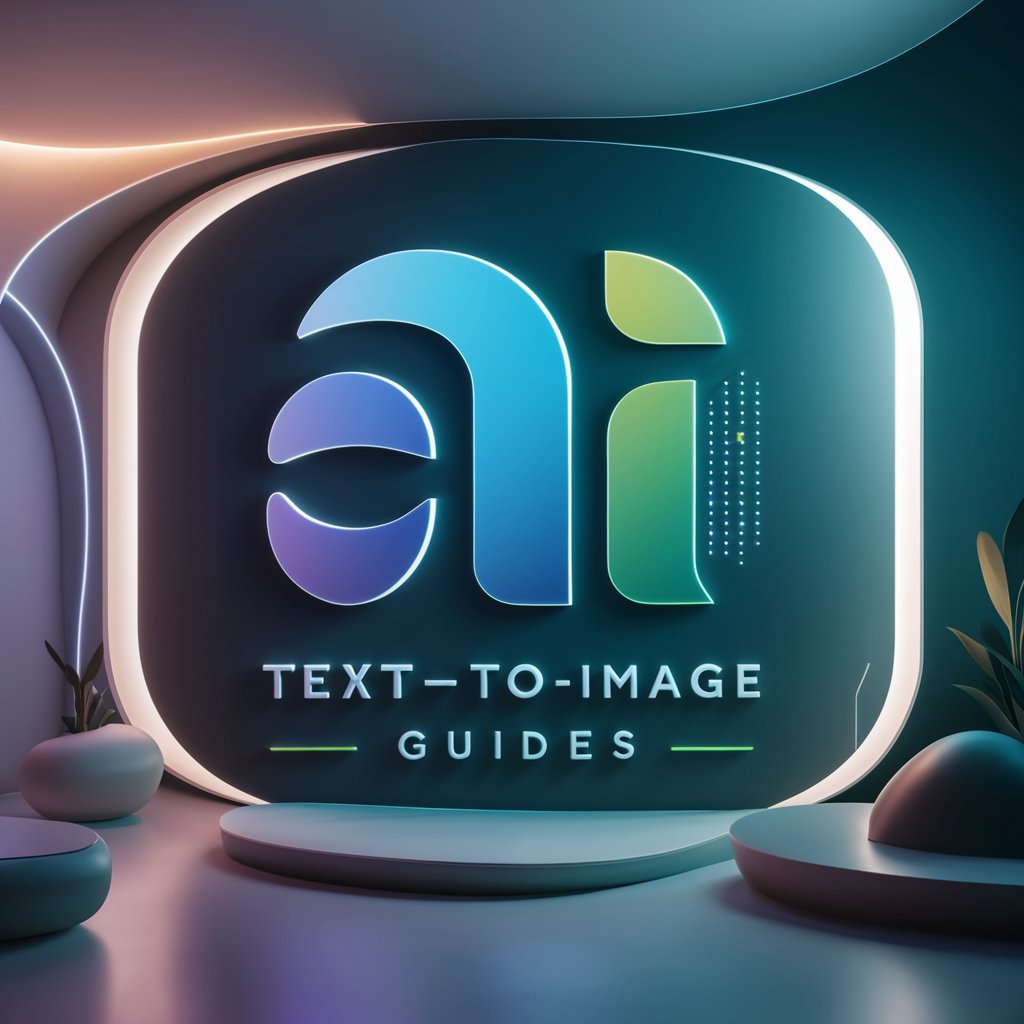
Dark Muse
Reviving 1970s Dark Fantasy with AI
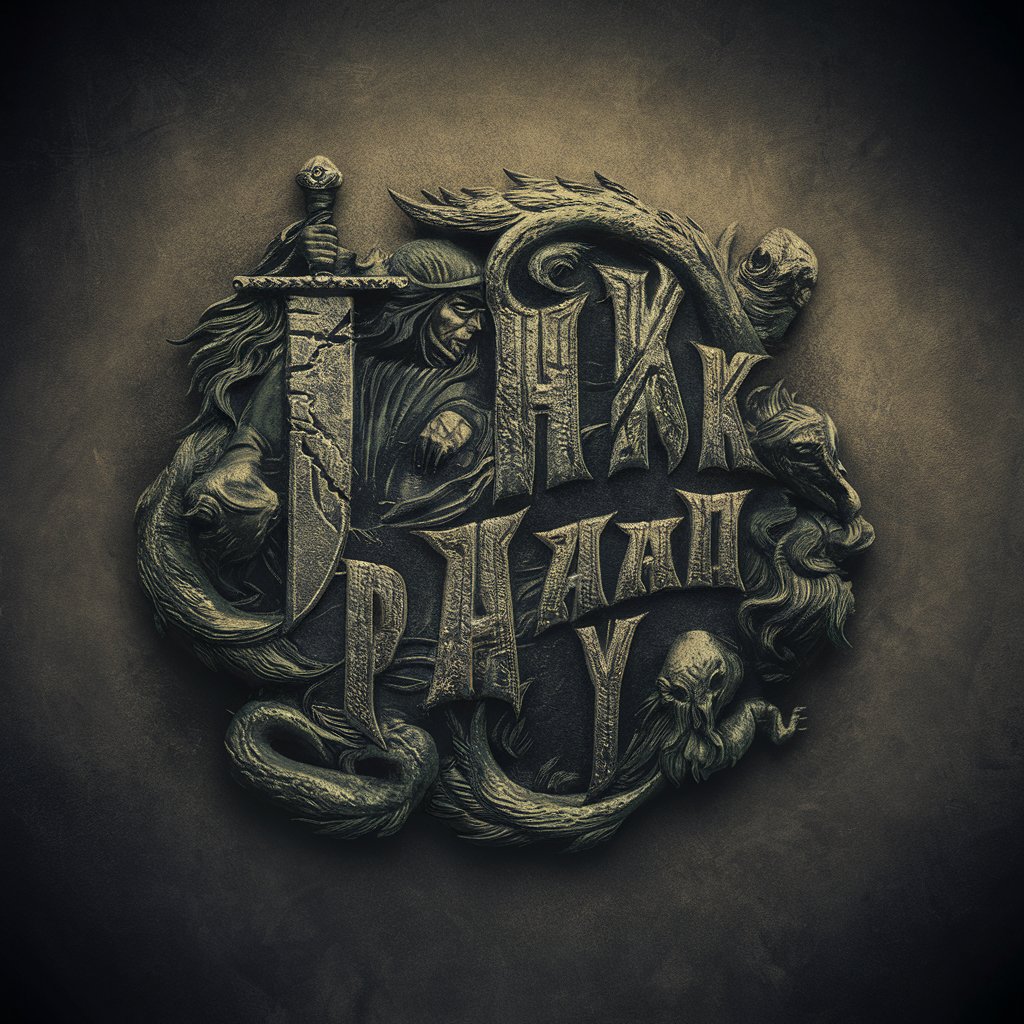
Comic Book Creator
Unleash Your Imagination with AI-Powered Comic Creation
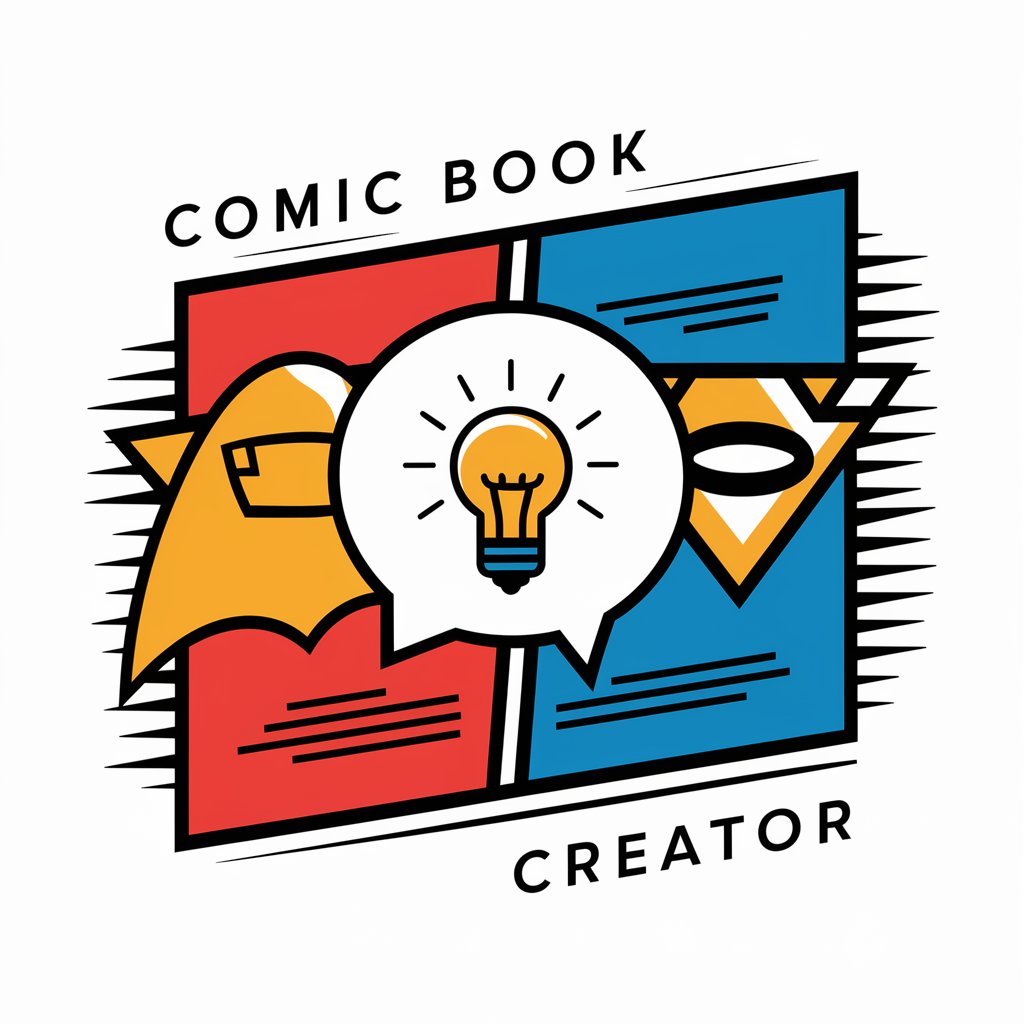
フルトラPジェネレータ/うつヰが居る風景
Crafting Literary Worlds with AI
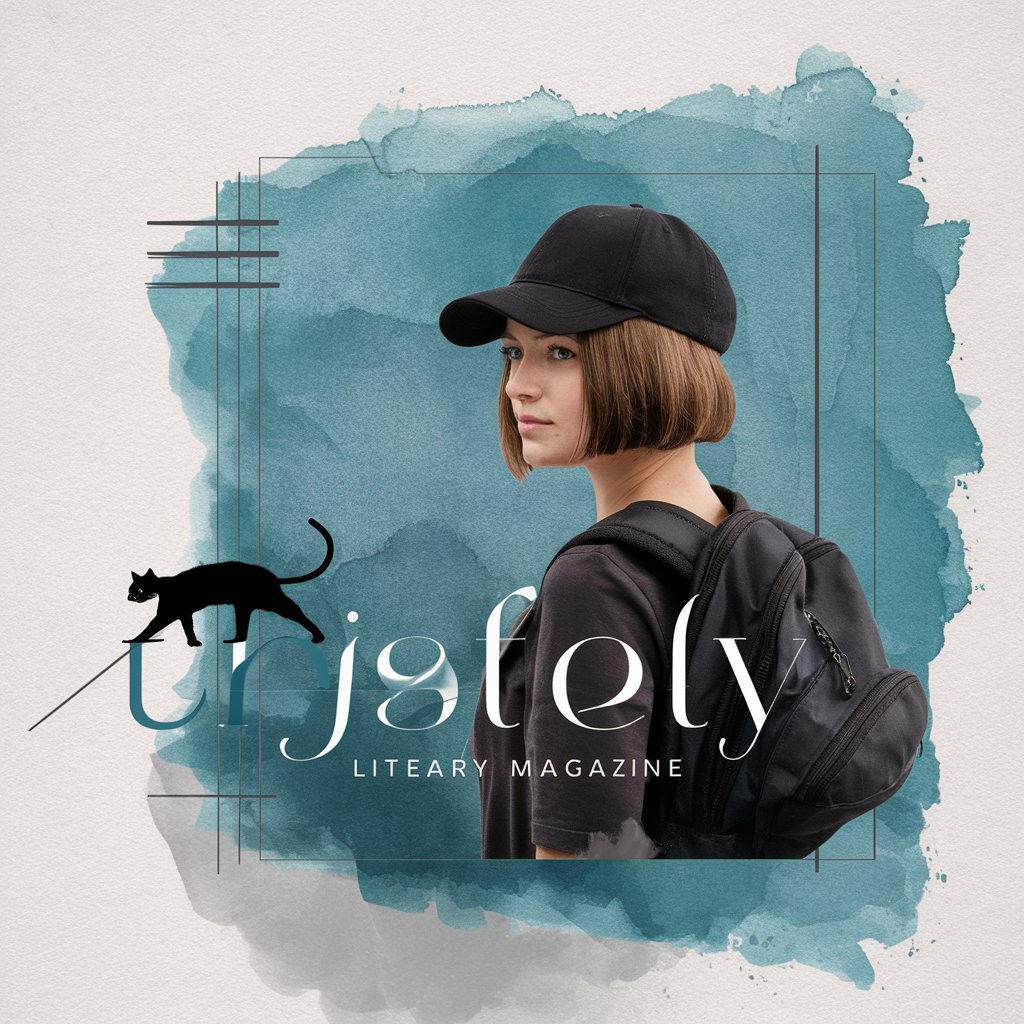
AI Art Prompt Generator
Transforming Images into Artistic Visions
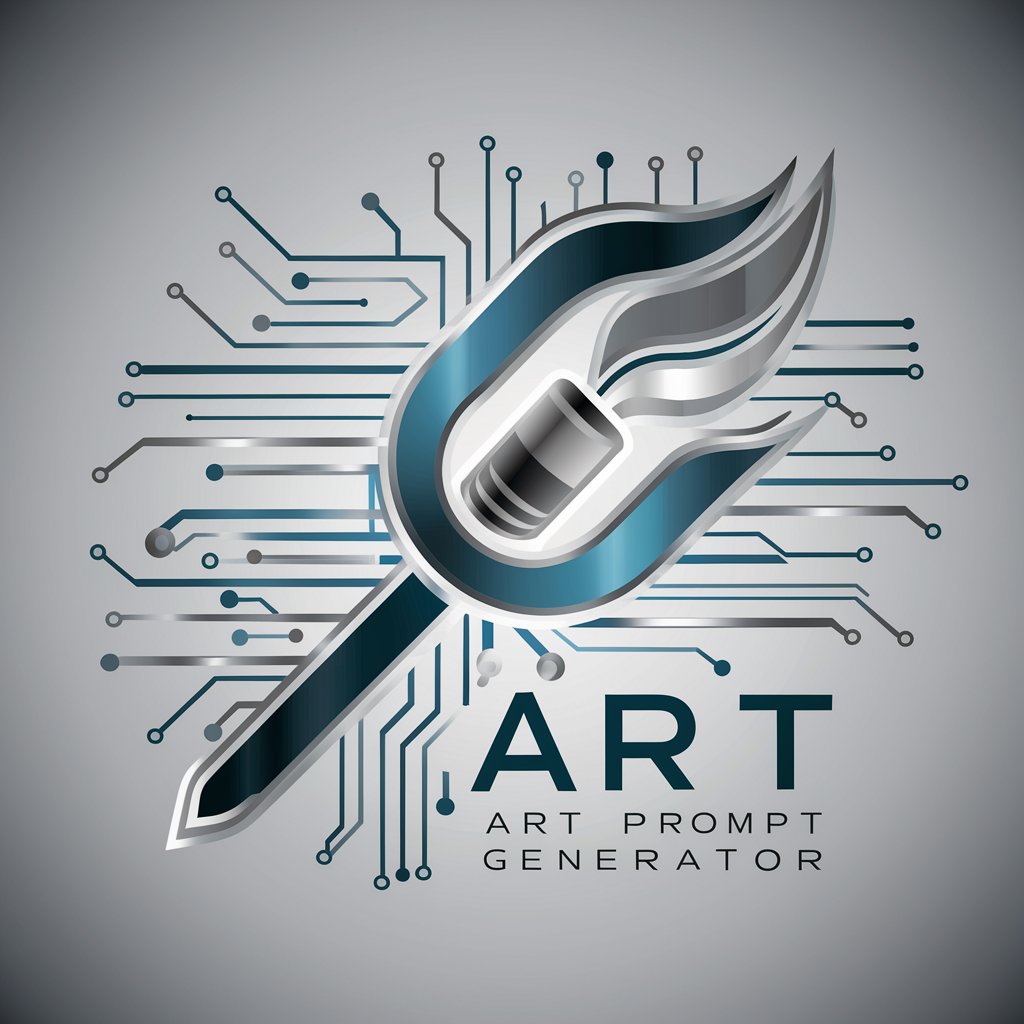
Galactic Advisor | Stellaris
Elevate Your Stellaris Experience with AI-Powered Insights
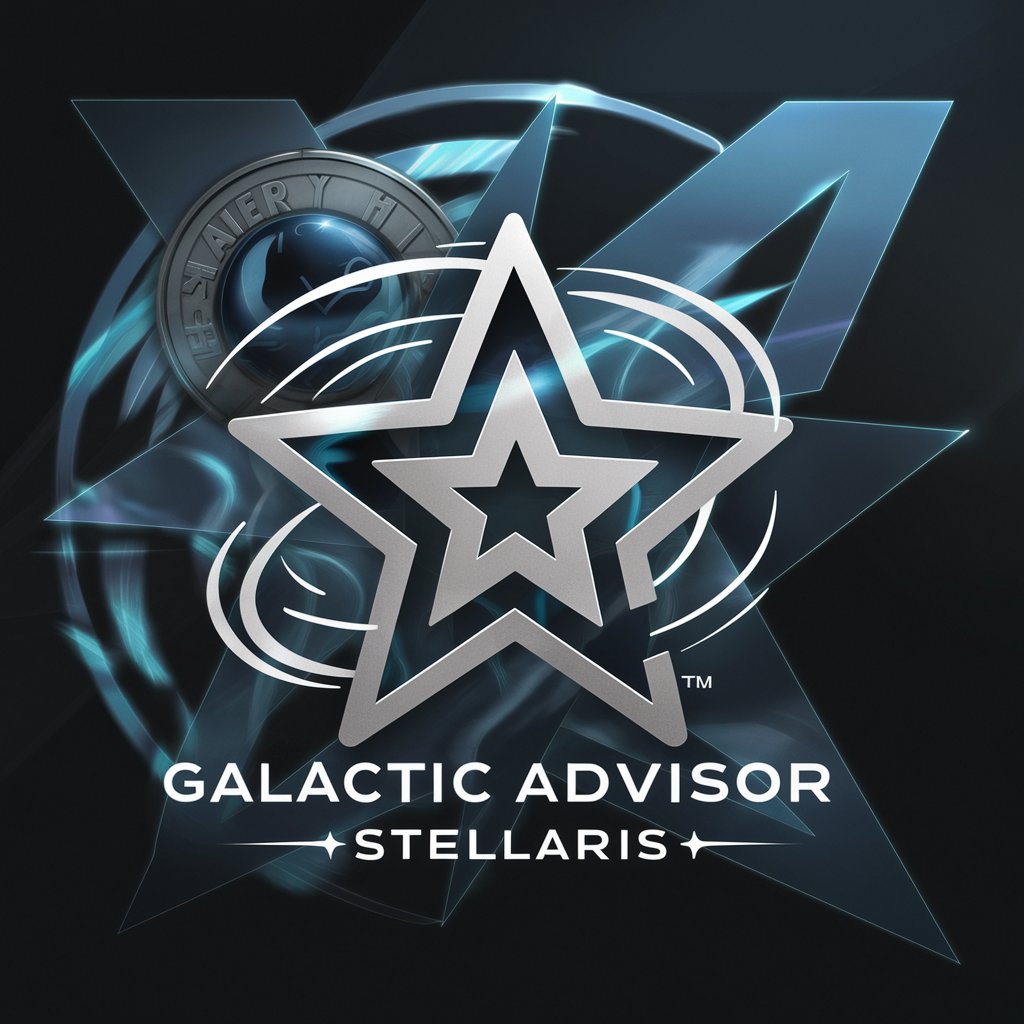
Custom HS Card Generator
Design Your Hearthstone Saga
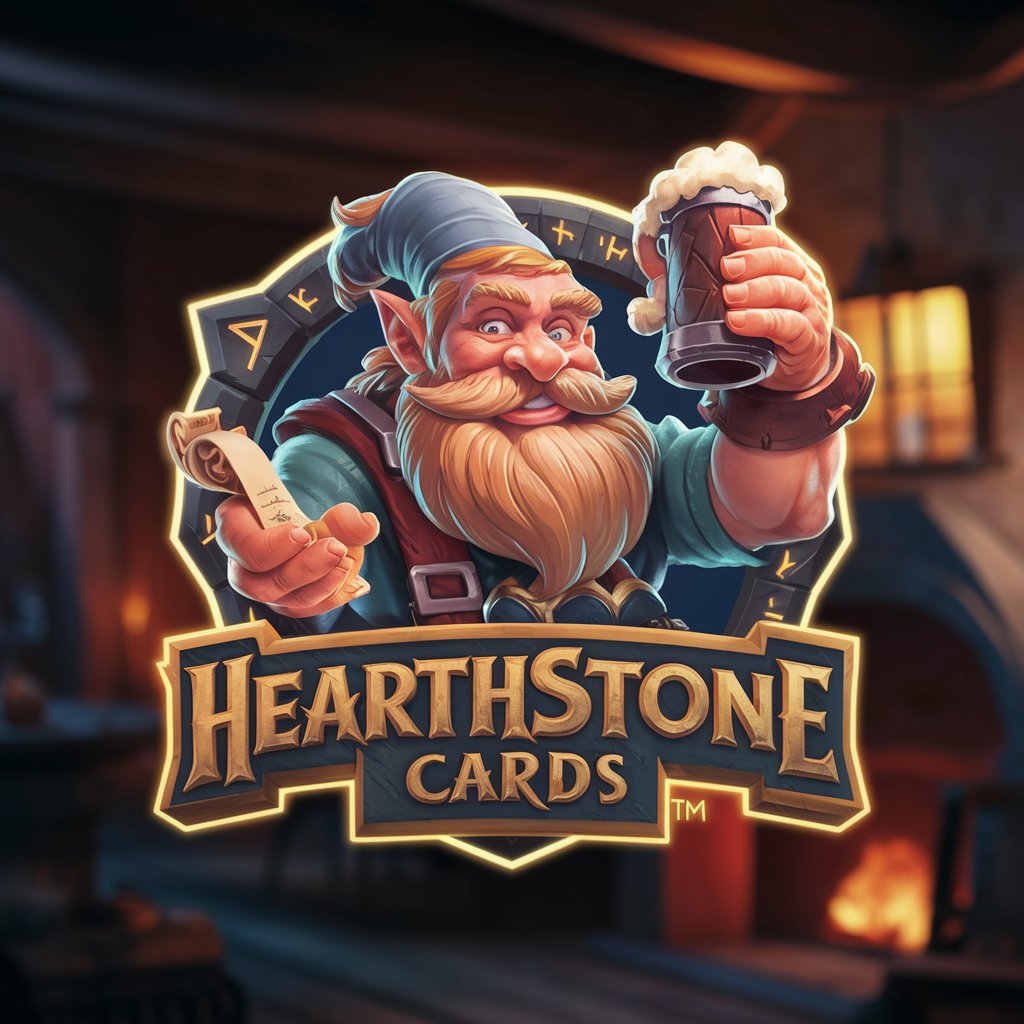
🦸♂️ Superhero Lore Mastermind 📚
Unleash Your Inner Hero with AI
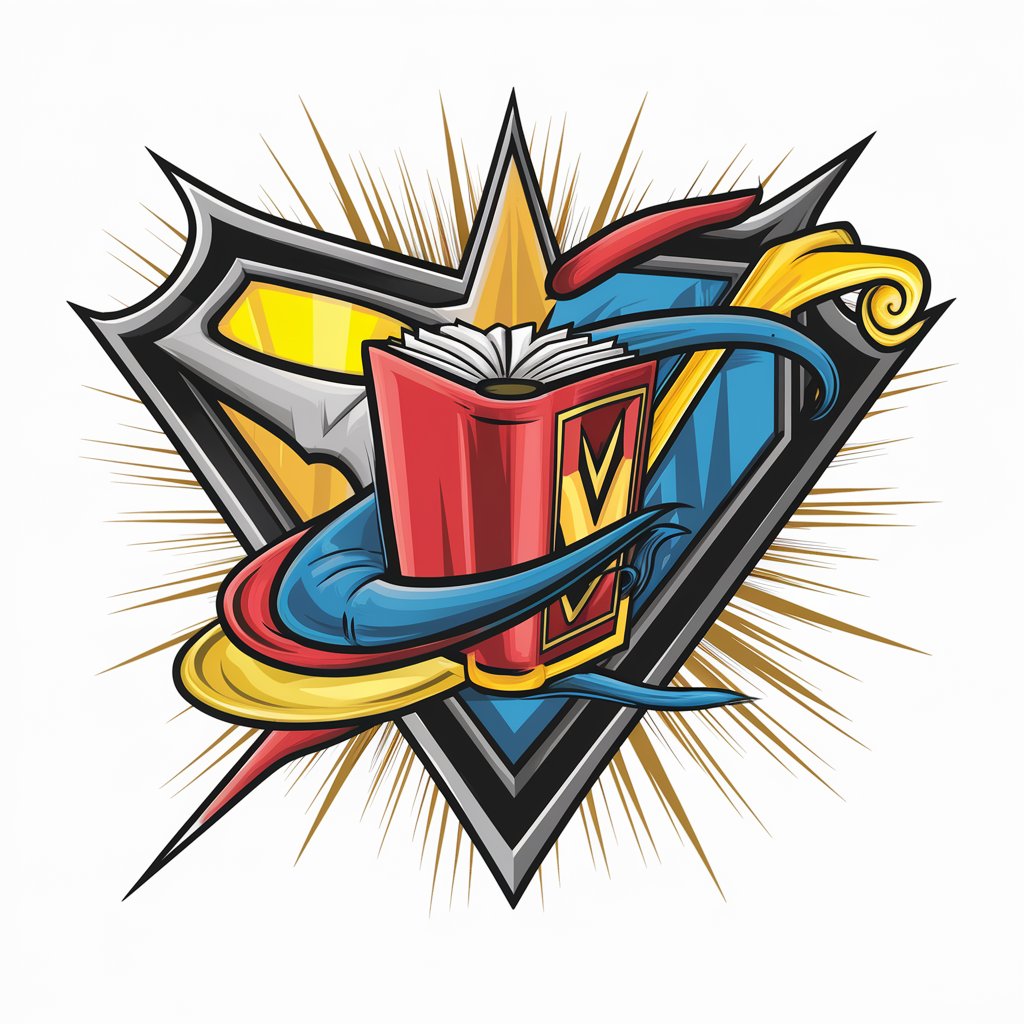
Essential Attributes and Functions
AI GPTs for Artwork Creation boast a range of unique features tailored to the artistic process. These include adaptability to various artistic styles, from traditional to contemporary, and the capability to generate images from textual descriptions. Special features include language understanding for precise interpretation of artistic instructions, technical support for integrating with other digital art tools, web searching for inspiration or resources, image creation with detailed control over elements like color and composition, and data analysis for understanding trends in art. This versatility makes them indispensable tools in the realm of digital art creation.
Who Benefits from Artwork Creation AI?
AI GPTs for Artwork Creation are designed to cater to a wide audience, ranging from novices exploring digital art to professionals seeking to streamline their creative process. They offer an accessible platform for individuals without coding skills through intuitive interfaces, while also providing robust customization options for developers and seasoned artists. This inclusivity ensures that anyone with an interest in art, regardless of their technical background, can leverage these tools to bring their creative visions to life.
Try Our other AI GPTs tools for Free
Cosmic Wisdom
Discover the transformative power of AI GPTs for Cosmic Wisdom, your digital gateway to the universe's secrets. Explore personalized cosmic insights, spiritual guidance, and more with advanced AI technology.
Esoteric Knowledge
Discover how AI GPTs tailored for Esoteric Knowledge can transform your understanding and exploration of mysticism, spirituality, and the occult with advanced, adaptable tools.
Diet Optimization
Discover how AI GPTs for Diet Optimization can transform your dietary planning with personalized meal suggestions and nutritional advice, tailored just for you.
Food Tracking
Discover how AI GPTs for Food Tracking can transform your diet with personalized insights, nutritional analysis, and meal planning, all through an intuitive interface designed for everyone.
Performance Prediction
Discover how AI GPTs for Performance Prediction can transform your decision-making process with accurate forecasts and tailored insights across industries.
Flexible Scheduling
Discover how AI GPTs for Flexible Scheduling can revolutionize your planning tasks with dynamic, efficient, and tailored solutions, adaptable to any industry's needs.
Expanding the Horizon with AI in Art
AI GPTs for Artwork Creation not only simplify the art-making process but also open new avenues for creativity and innovation. With user-friendly interfaces, they democratize art creation, making it accessible to a broader audience. Additionally, the possibility of integrating these AI tools with existing systems or workflows signifies their potential to enhance and transform the creative industries comprehensively.
Frequently Asked Questions
What exactly are AI GPTs for Artwork Creation?
AI GPTs for Artwork Creation are specialized tools that use generative pre-trained transformers to assist users in creating, editing, and enhancing artwork through advanced AI technologies.
Can beginners use these AI tools effectively?
Yes, these tools are designed with user-friendly interfaces that allow beginners to easily create art without needing advanced technical skills.
How do AI GPTs for Artwork Creation understand my instructions?
They use natural language processing to interpret your textual instructions and generate artwork that aligns with your described vision.
Can I integrate these AI tools with other software?
Yes, many AI GPTs for Artwork Creation offer APIs and technical support for integration with various digital art and design software.
Are there customization options for experienced programmers?
Absolutely. Beyond their standard features, these tools provide APIs and developer options for customizing and extending functionality.
Can these tools generate art in any style?
Yes, they can adapt to generate art in a wide range of styles, from realistic to abstract, depending on the user's instructions.
Is it possible to collaborate on artwork using these AI tools?
Many AI GPTs for Artwork Creation support collaborative features, allowing multiple users to contribute to and edit projects in real-time.
How do these tools stay updated with the latest art trends?
They continuously learn from new data and user interactions, enabling them to understand and generate artwork that reflects current trends.